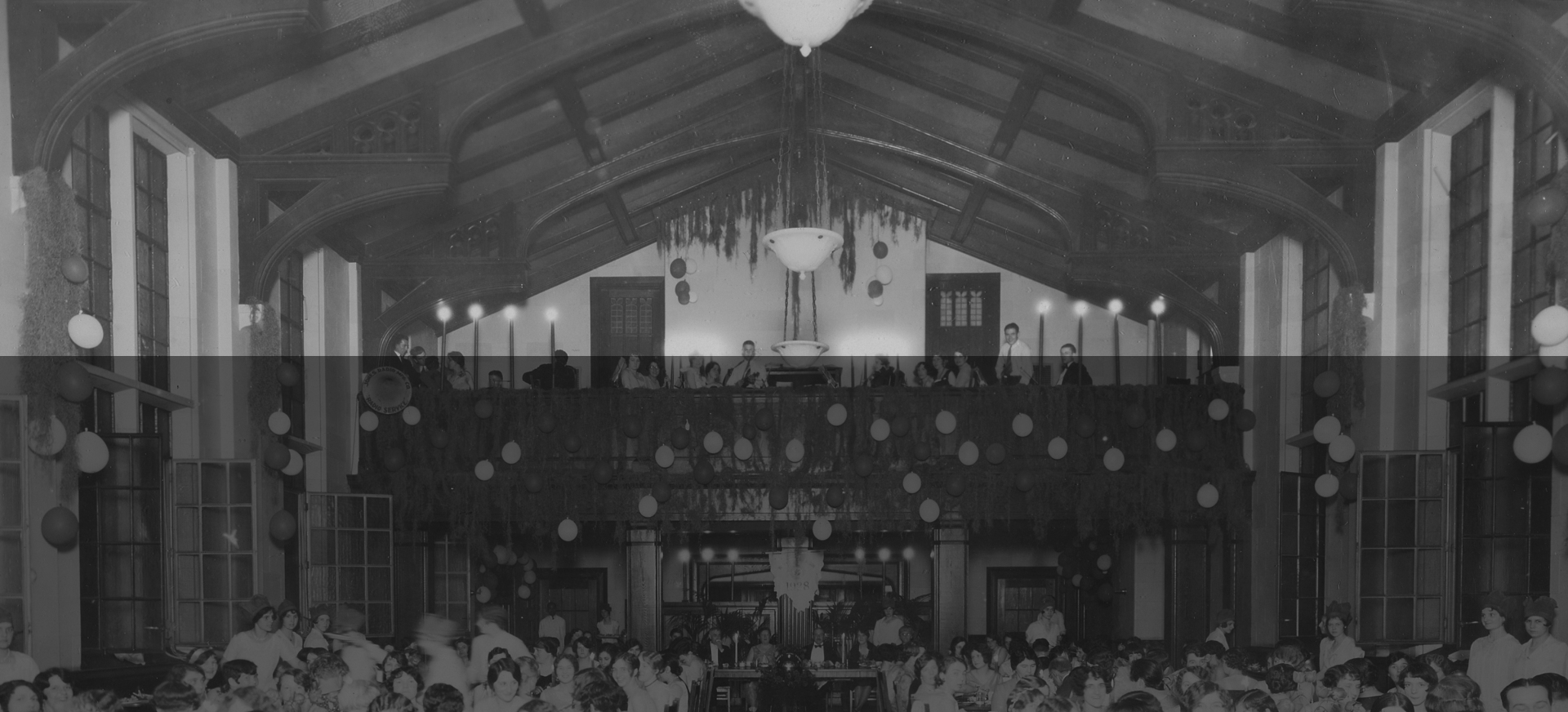
Julius Chapman
Julius Chapman
Overview
Dean of Minority Affairs: 1969-1981.
In 1969, Towson State College hired Julius Chapman to serve as the organizer for a newly formed department called the Towson Opportunity Program, or TOP.
As reported in the 1969 Towerlight article announcing his appointment, “Chapman will assist as a catalyst in recruiting black students and will coordinate on-campus special services including reading and writing skills, laboratory, special tutoring, counseling, and general student advising.”
But Chapman knew that this wasn’t the work that was needed to really retain Black students on Towson’s campus. What was needed was social engagement and affirmation, Black administrators and faculty, and a community that embraced Black voices and experiences.
By 1970 the Black Cultural Center was established, and later renamed the African American Cultural Center. As reported in a 1974 Towerlight article “Funded by the Academic Affairs Division, the BSU [the Black Student Union], and BFAA [the Black Faculty and Administrators Association], the Center will sponsor student oriented activities in theatre, dance, music and art, in addition to lectures and cultural events by outside groups.” The Cultural Center also had a library and educational center, and featured "tutoring, voluntary adult education, co-operative programs with Morgan State College and provide area for a karate club, dance troupe, and gospel choir.”
The goal of the Cultural Center was to celebrate African American culture both on and off campus. As Fisher had stated in his 1970 report, “A major project of the future will be that of further sensitizing a predominately white campus community to the black experience."
As his work continued, Chapman was named the first dean of the newly created Office of Minority Affairs in 1973, which was the precursor to today’s Center for Student Diversity.
Chapman left the school in 1983.
In 2019, money raised by the Omega Psi Phi Fraternity Inc., Iota Epsilon Chapter, was used to create a bronze bust of Chapman, which now overlooks the quad named in his honor.
written by Felicity Knox, Archives Associate, Spring 2021
Overview
Dean of Minority Affairs: 1969-1981.
In 1969, Towson State College hired Julius Chapman to serve as the organizer for a newly formed department called the Towson Opportunity Program, or TOP.
As reported in the 1969 Towerlight article announcing his appointment, “Chapman will assist as a catalyst in recruiting black students and will coordinate on-campus special services including reading and writing skills, laboratory, special tutoring, counseling, and general student advising.”
But Chapman knew that this wasn’t the work that was needed to really retain Black students on Towson’s campus. What was needed was social engagement and affirmation, Black administrators and faculty, and a community that embraced Black voices and experiences.
By 1970 the Black Cultural Center was established, and later renamed the African American Cultural Center. As reported in a 1974 Towerlight article “Funded by the Academic Affairs Division, the BSU [the Black Student Union], and BFAA [the Black Faculty and Administrators Association], the Center will sponsor student oriented activities in theatre, dance, music and art, in addition to lectures and cultural events by outside groups.” The Cultural Center also had a library and educational center, and featured "tutoring, voluntary adult education, co-operative programs with Morgan State College and provide area for a karate club, dance troupe, and gospel choir.”
The goal of the Cultural Center was to celebrate African American culture both on and off campus. As Fisher had stated in his 1970 report, “A major project of the future will be that of further sensitizing a predominately white campus community to the black experience."
As his work continued, Chapman was named the first dean of the newly created Office of Minority Affairs in 1973, which was the precursor to today’s Center for Student Diversity.
Chapman left the school in 1983.
In 2019, money raised by the Omega Psi Phi Fraternity Inc., Iota Epsilon Chapter, was used to create a bronze bust of Chapman, which now overlooks the quad named in his honor.
written by Felicity Knox, Archives Associate, Spring 2021
